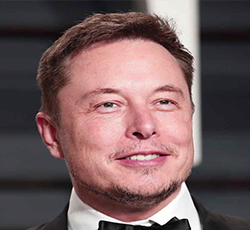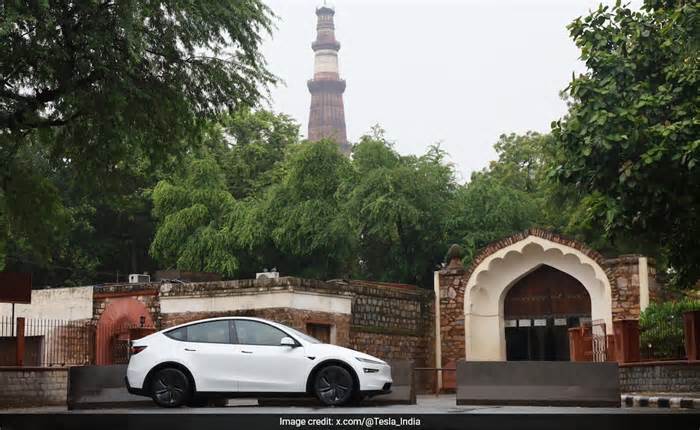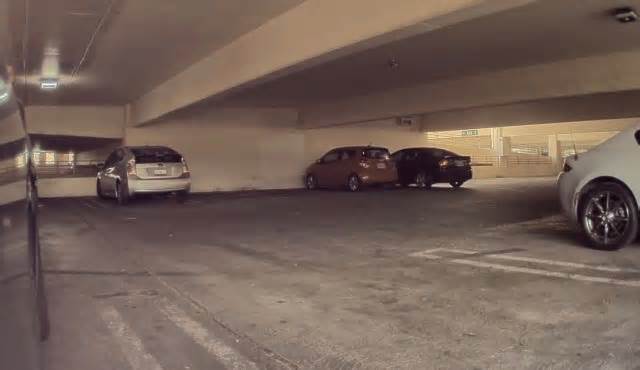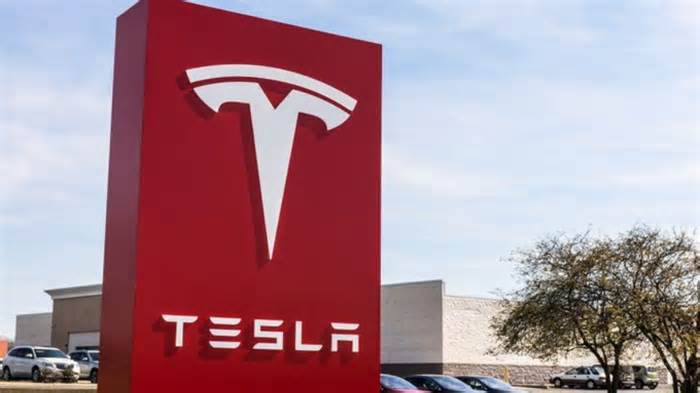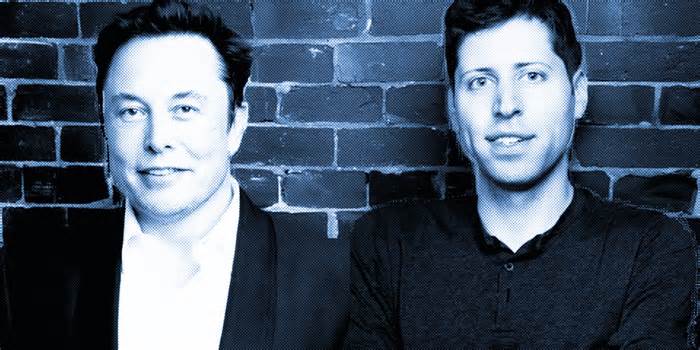
Why Tesla keeps making the Model S and X even as sales dwindle
- by CNN
- May 02, 2023
- 0 Comments
- 0 Likes Flag 0 Of 5

—
A decade ago, the Tesla Model S was MotorTrendâs Car of the Year and Consumer Reports hailed it as the best car it had ever tested. It was so good, Consumer Reports had to rethink its own rating scale because the Model S was literally off the charts.
The Model S had speed, comfort and technology that were simply unmatched in the industry. Tesla designers took advantage of the compact nature of electric drive systems â no bulky engine and batteries that fit snugly into the floor â to create a car with such extraordinary spaciousness that it even had rear-facing seats in the back.
Production ramped up slowly, but by 2017, Tesla was selling more than 100,000 a year of the Model S and its SUV sibling, the Model X. But once the Model 3 and its SUV counterpart, the Model Y, came along, sales of the larger, much more expensive Teslas have faded dramatically.
Itâs easy to see why. The Models 3 and Y are simply much more affordable. Today, a Model 3 starts at about $40,000. A Model S starts at about $88,000. Similarly, pricing for the Model X SUV starts at about $98,000 but the smaller Model Y starts at just $47,000.
Add to that the fact that, compared to most car models, the Model S and X are well past retirement age and itâs no surprise they make up such a small portion of Teslaâs annual sales, about 5% last year.
This raises a question. Why does Tesla keep making them instead of just ditching them to concentrate on more popular alternatives? The simple answer: these aging models still provide reliable profits â and that may be needed even more now as Tesla uses price cuts to boost sales.
Time to retire?
Besides just getting old, the Model S just isnât as good as it was when it was the best thing ever, said Jake Fisher, head of auto testing at Consumer Reports, and not just because itâs aging while competitors come out with much newer products. Tesla has actually made the Model S worse, he said, by chasing raw performance numbers at the expense of comfort.
A Tesla Model X Plaid, a new super-fast version of the SUV.
Liu Ranyang/China News Service/VCG/Getty Images
âIâm sure the car goes laps around the Nurburgring [race track] faster, but the ride is worse, itâs noisier,â said Fisher. âTheyâve made compromises in order to eke the best performance out of it but it makes the car less livable.â
Tesla, which generally does not respond to media queries, did not answer emailed questions about the Model S and X.
Still, much like the S-class for Mercedes-Benz, the Model S remains Teslaâs flagship model, representing the brand.
âThe Model S was the car that put Tesla on the map,â said Brian Moody, executive editor at Autotrader. âItâs the Model S that taught American buyers whatâs possible in an electric car, what they really wanted from an electric car.â
Also, while sales may be small compared to the Model 3, thatâs not really a normal way to look at these things. Mercedes-Benz also sells far fewer S-class sedans than the more affordable C-class. But Mercedes is not about to quit making the S-class.
In fact, within its competitive class, the Tesla Model S and X are good sellers. Last year, they handily outsold electric luxury vehicles in roughly a similar price range like the BMW i7, Audi E-tron and Mercedes EQS, according to data from Cox Automotive.
Those vehicles are all much newer than the Tesla S or X, but when it comes to profitability, age has its advantages. By this point in their long lives, the Tesla Model S and X have become a stream of fairly steady profits, said Moody.
A profit stream
A huge chunk of the costs associated with introducing a new car or SUV are racked up before the vehicle ever goes on sale. It costs a lot to design and develop the new model and a lot more to set up a factory to build it. Then money finally starts coming in once the vehicle actually goes on sale.
The longer an automaker can continue selling the same model, the more money can be made on that huge initial investment. And itâs money that Tesla can use as it pushes ahead with current new projects like the Cybertruck.
Among mainstream cars, a five or six year lifecycle is pretty common. Eight years is stretching it but hardly unheard of. Ten years is more normal for specialty models like exotic cars that sell in small numbers.
Usually, thereâs a âmid-cycle refreshâ within that time with some mild appearance changes and tech upgrades so it can be sold as a ânew modelâ before an automaker has to invest in an actual new model.
There are exceptions. The Toyota Tacoma pickup has gone without a major change for about 18 years. (A new version is finally expected soon.) The Dodge Challenger has gone about 15 years with no evident ill effect on its sales numbers. Last year, it still outsold the Ford Mustang. So thereâs something to be said for sticking with what works.
But Ed Loh, the senior vice president of content at MotorTrend, thinks Tesla may be missing out at this point by not making at least some significant design changes. (MotorTrend, like CNN, is part of Warner Bros. Discovery.)
âIt looks futuristic, it looks of the era. Itâs not dated at all, despite being a 10 year old car,â he said. âThat said, I think theyâre probably leaving a lot on the table by not changing the design.â
Correction: An earlier version of this story misstated the last name of the executive editor at Autotrader. Itâs Brian Moody.
Related
Please first to comment
Related Post
Stay Connected
Tweets by elonmuskTo get the latest tweets please make sure you are logged in on X on this browser.
Sponsored
Popular Post
Sam Altman's OpenAI Takes On Elon Musk's Grok in AI Chess Tournament Final - Who Won?
28 ViewsAug 09 ,2025






 Energy
Energy

